USAID partners with Vietnam to meet its ambitious environmental goals and ensure a strong, prosperous, independent, and resilient Vietnam.
USAID partners with Vietnam to meet its ambitious environmental goals and ensure a strong, prosperous, independent, and resilient Vietnam. This includes supporting a transition to clean energy, strengthening protected area management, expanding sustainable forest management, countering wildlife trafficking, and engaging with local communities on environmental pollution issues, such as air pollution, waste management, and water conservation. Since 2011 USAID has provided approximately $245 million in support of energy, biodiversity, forestry, environmental protection, and climate change-related programs.
Read about 5 ways USAID is Partnering With Vietnam to Protect the Environment:
1. Plastic Pollution:
Vietnam is facing a severe plastic waste pollution challenge. According to a 2022 World Bank report, an estimated 3.1 million tons of plastic waste enters the environment in Vietnam annually. The same report found that women play a critical role in recycling value chains, accounting for 60% of all informal collectors, handling nearly 70% of recyclable waste in Hanoi and Ho Chi Minh City. USAID supports these women by connecting households with collectors through the innovative VECA phone app. The VECA app is a win-win; households can easily schedule pickups for their recyclable materials while collectors can safely steamline the collection process resulting in higher revenues and a 20% increase in the amount of waste collected. This is creating sustainable incomes while improving waste separation, collection, transportation, and treatment throughout the recycling value chain.
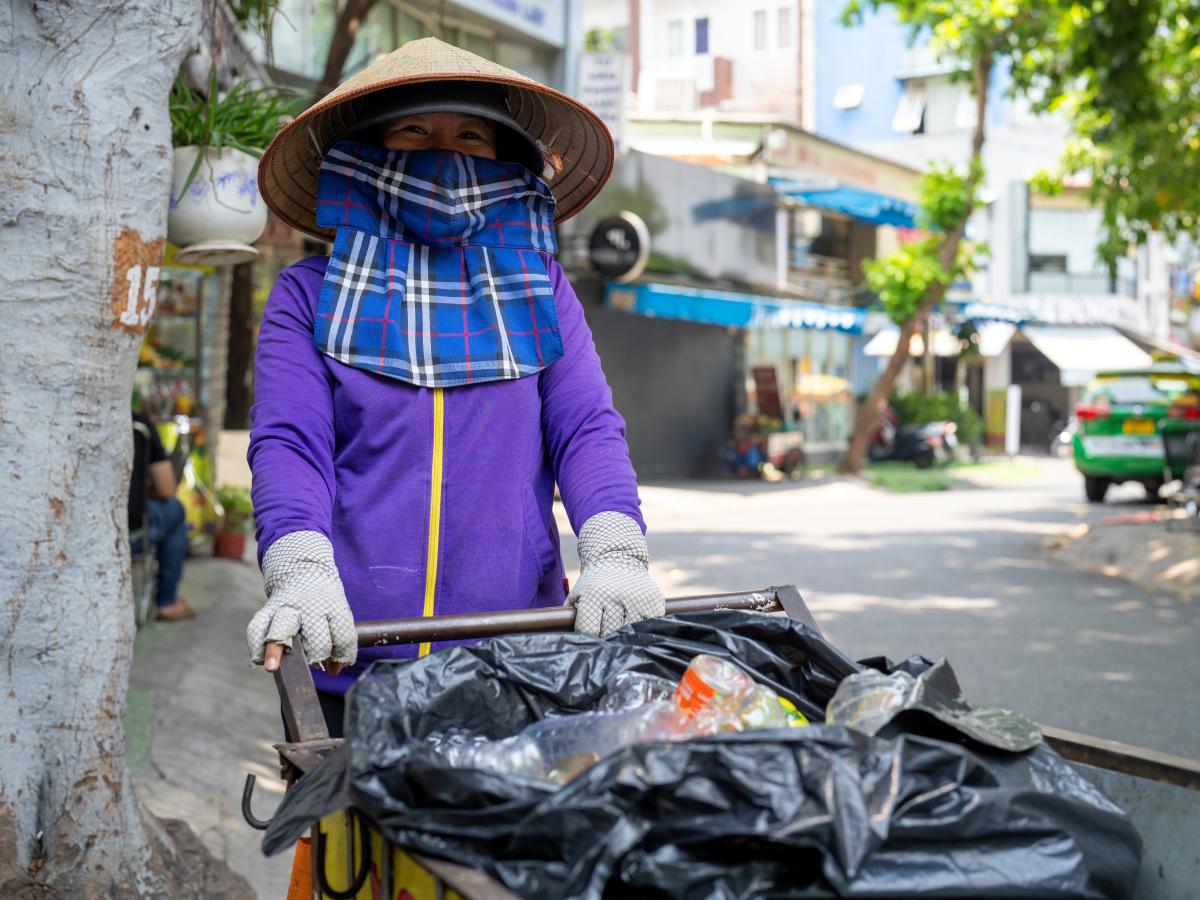
2. Biodiversity Conservation:
Vietnam has 167 inland protected areas which cover more than 54,000 square miles of forest. Given this vast land area, it is a challenge to monitor biodiversity and assess the needs and impacts of conservation work. In 2023, USAID supported the largest camera trap survey ever conducted in Southeast Asia to improve the management of protected areas, increase the effectiveness of wildlife conservation efforts, and improve the job safety of forest rangers. Over 1,000 camera-trap stations have been deployed across 21 protected areas, taking more than 1.7 million photos, including animals rarely seen by humans. This revealed that a number of endangered and endemic species still have viable populations like the Annamite Rabbit, the Larger Antlered Muntjac, and Owston Civet. Sadly, the results also indicate that across all of these sites there has been a decline in biodiversity, underscoring the critical need to maintain investment in conservation efforts and to start a national breeding program to rewild the country’s protected areas.
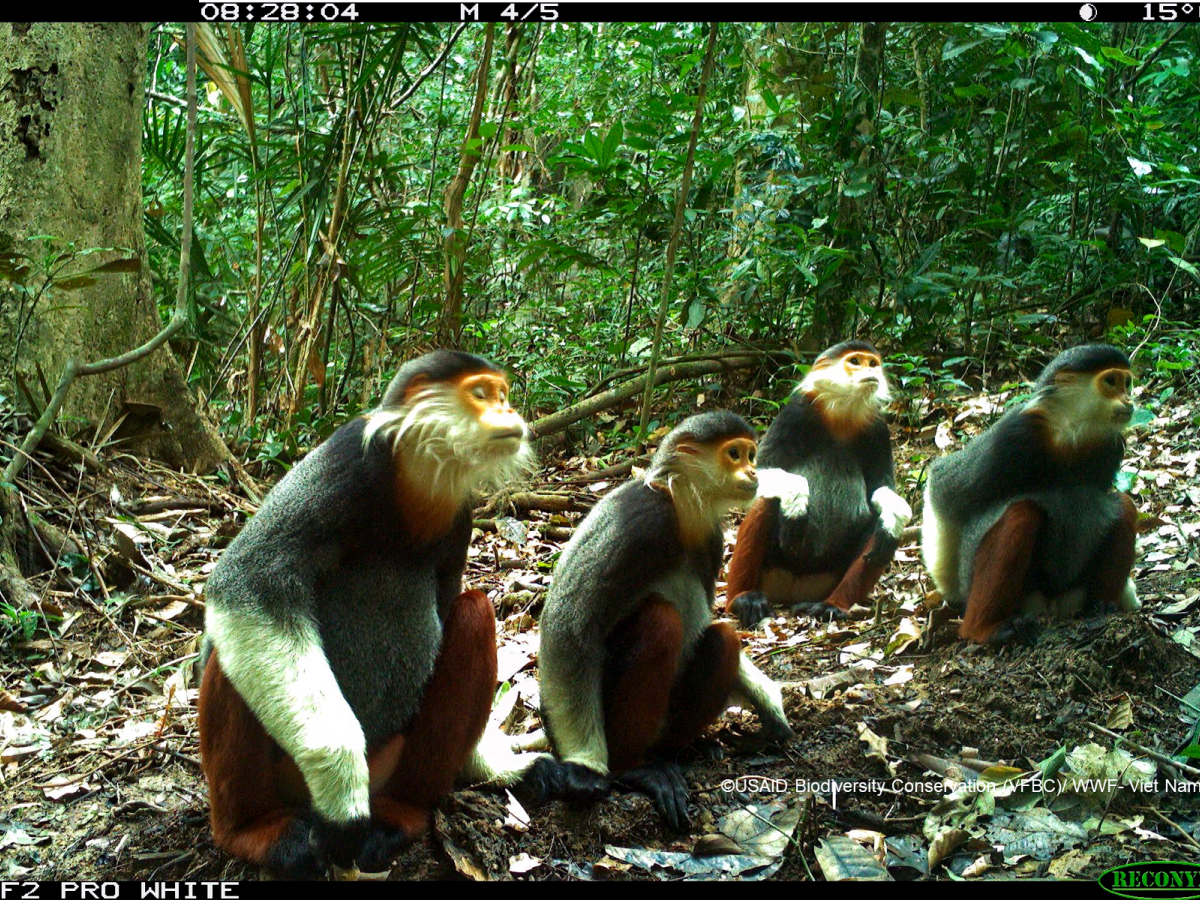
3. Climate Change:
The Mekong Delta and its islands are home to 70% of Vietnam’s mangroves and 90% of its seagrass beds. Fed by the sediment and nutrients from the Mekong River, these habitats support Vietnam’s richest fishing grounds, improve livelihoods, and protect coastal communities from devastating storm surges. However, these habitats are under growing threat from the impacts of climate change, including prolonged droughts and higher temperatures. These impacts threaten economic opportunities for people living in the Mekong Delta, leading to unsustainable fishing practices and water use. USAID is working to reduce threats to coastal biodiversity and communities by strengthening marine resources management and restoring mangrove forests. These efforts conserve and expand coastal and marine biodiversity of the Mekong Delta, thus improving the resilience of local communities who rely on these ecosystems.
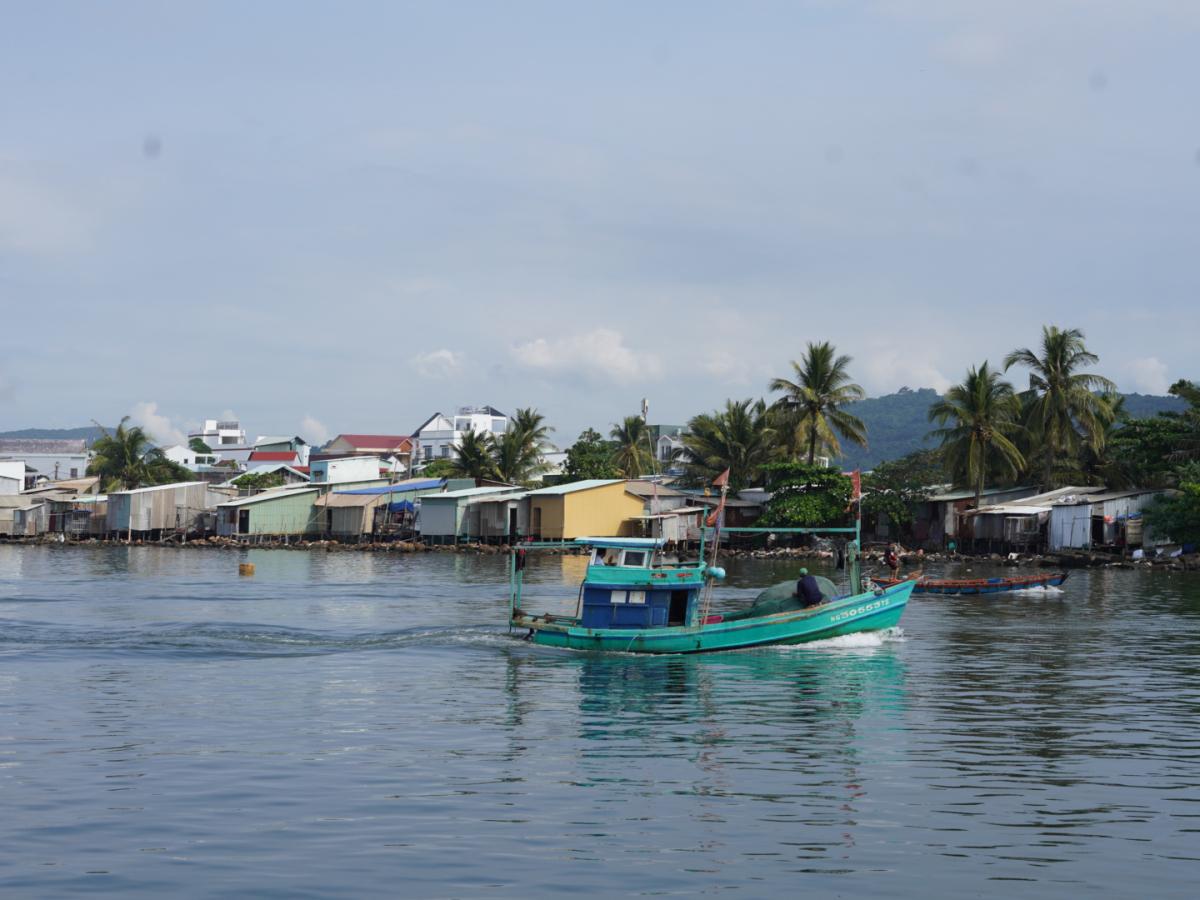
4. Green Energy:
In Vietnam, scooters are ubiquitous and used for personal transportation as well as delivery vehicles. At the same time, Vietnam’s energy sector is responsible for more than half of the country’s emissions. Increasing the use of electric vehicles (EVs) is one solution to improving air quality, lowering fuel costs, and decreasing greenhouse gas emissions. Currently, the EV market in Vietnam is growing, but the lack of universal public charging infrastructure prevents their widespread use. To expand EV charging options, clean energy developers need investments from the private sector. USAID is providing training to lenders on utilizing green financing instruments to mobilize clean energy investment. With USAID support, the Hanoi based Selex Smart Electric Vehicles Company, which manufactures two-wheel electric scooters for the personal transportation and delivery markets, received an equity investment of $4.2 million to build out their innovative network of battery swapping stations. Selex’s batteries can be used with 70% of the two-wheeler EV market currently in Vietnam, getting people back on the road in minutes, rather than after a lengthy charge. This is especially important for delivery services. USAID assistance is mobilizing much-needed private investment for clean energy projects, demonstrating feasible, affordable, and sustainable pathways for the transportation sector to adopt EVs across the country.
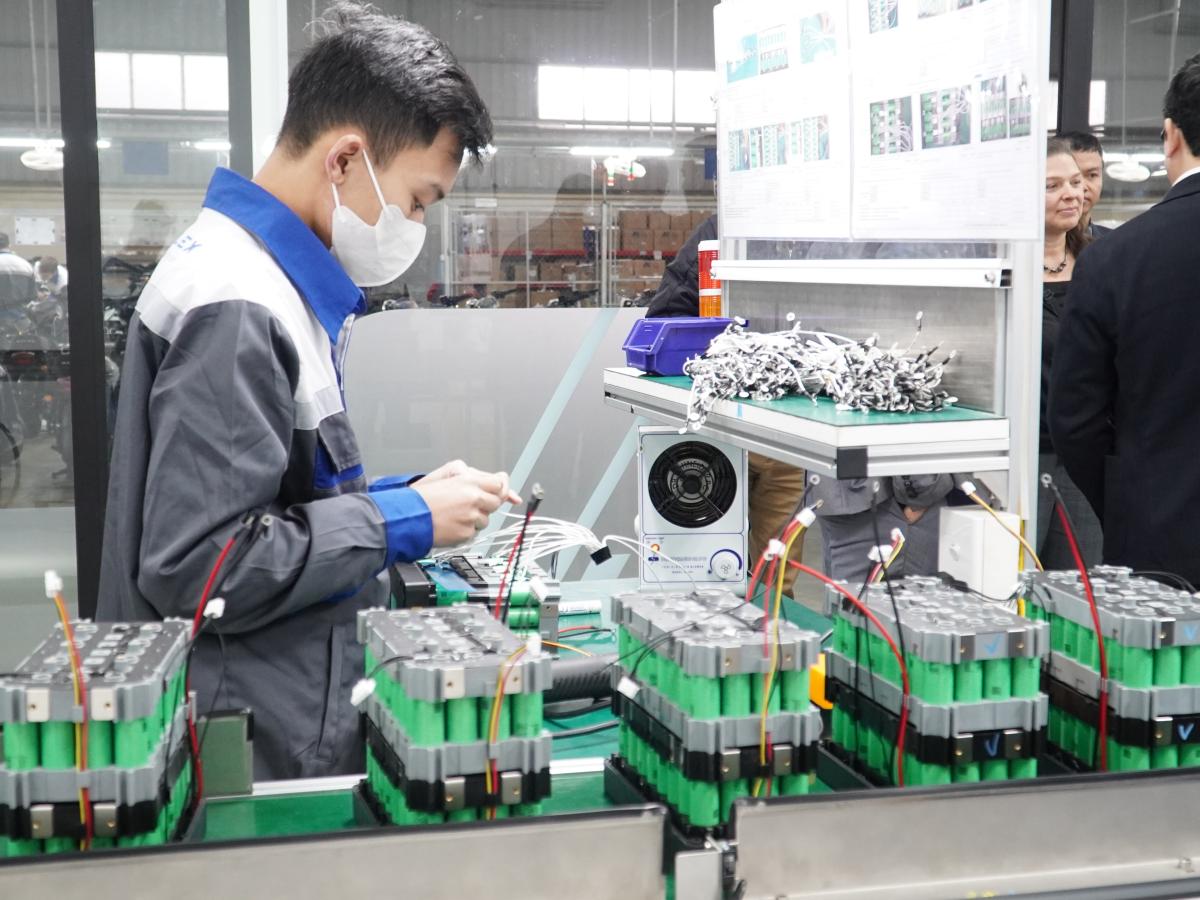
5. Environmental Education:
Vietnam ranks among the top five countries in the world most vulnerable to climate change. USAID, through its first direct grant to a Vietnamese public university, is partnering with Can Tho University, the leading university in the Mekong Delta, to advance climate change education and action in the Mekong Delta. The partnership successfully supported 14 youth-led social projects addressing local environmental challenges that communities are facing in the areas of water, biodiversity, climate change, and waste management. Through innovative, university-based teaching and learning programs, USAID is fostering a community of dedicated teachers and students to tackle environmental and climate-related challenges across all 13 Mekong provinces.
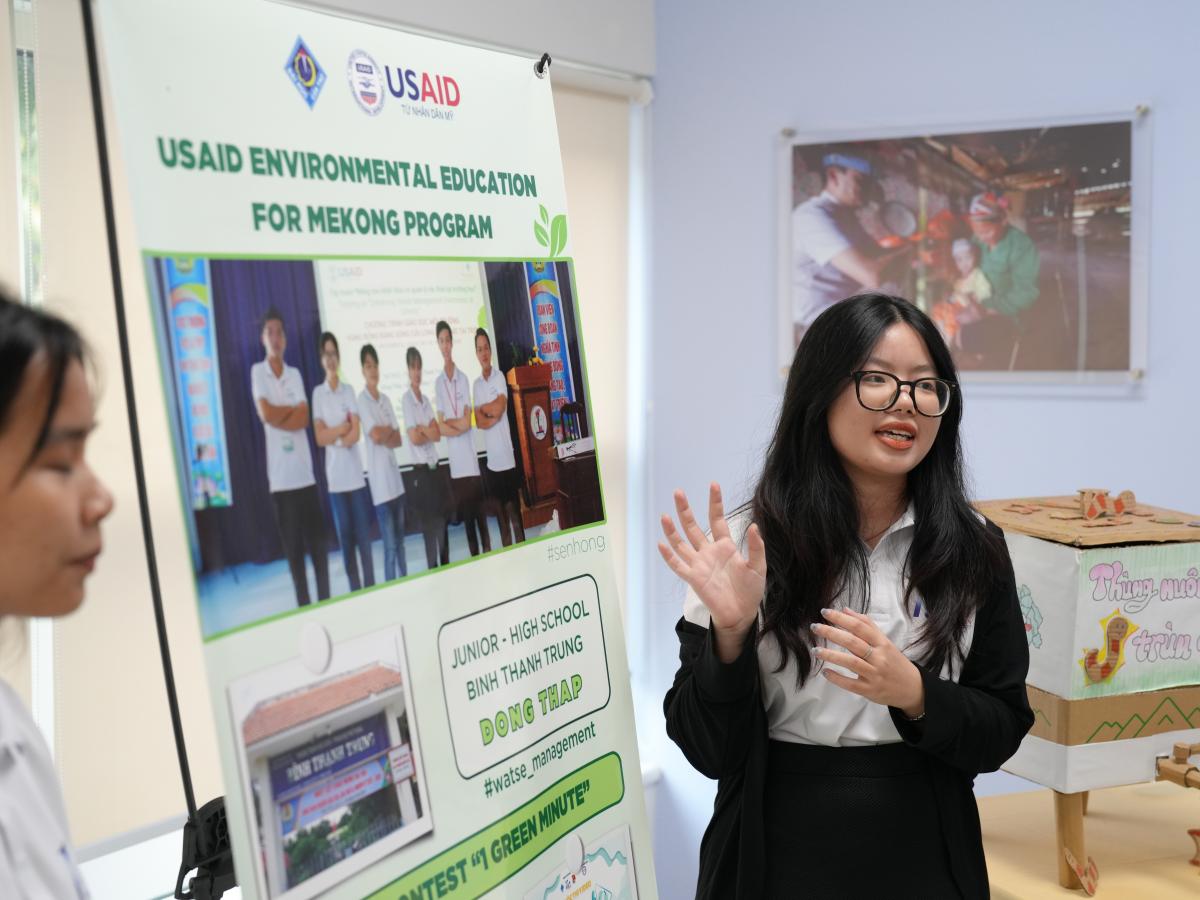
ABOUT THE AUTHOR: Benjamin Ilka is a storyteller and visual media specialist at USAID’s Mission in Vietnam.


